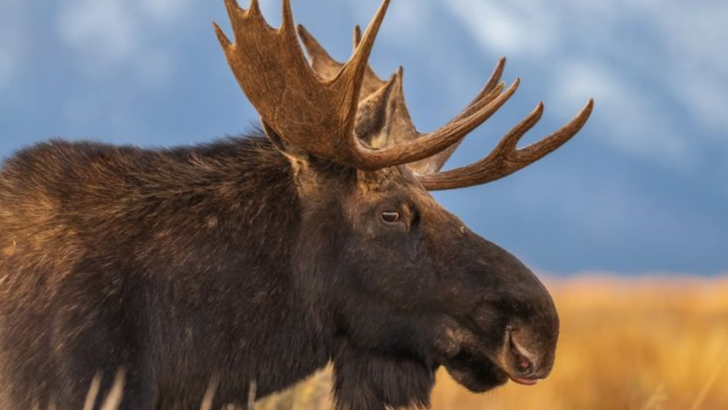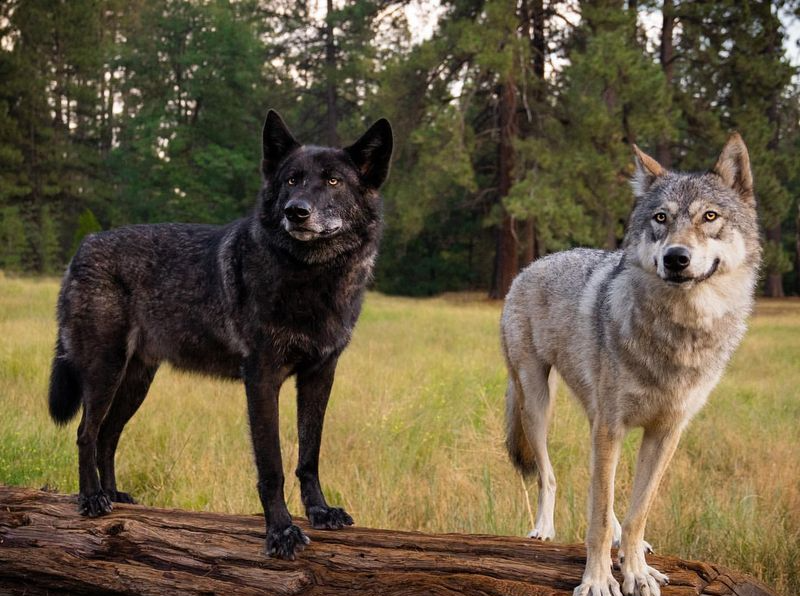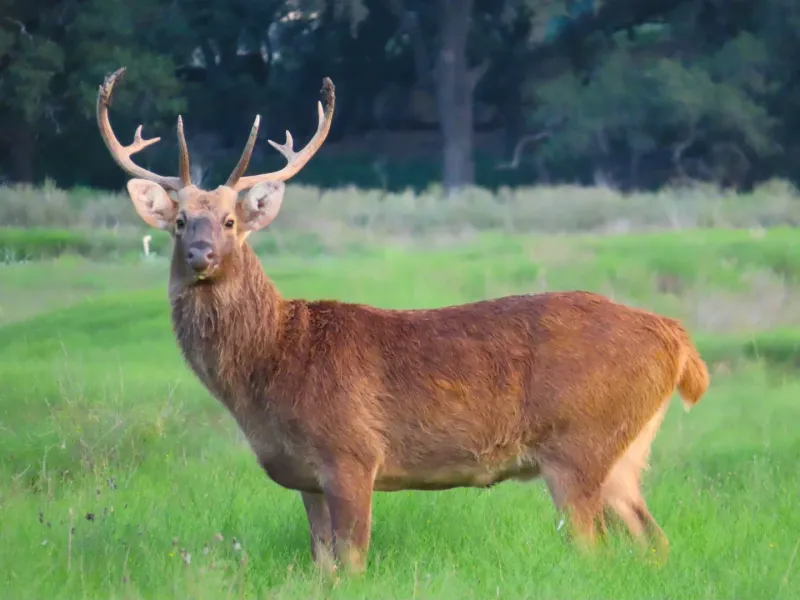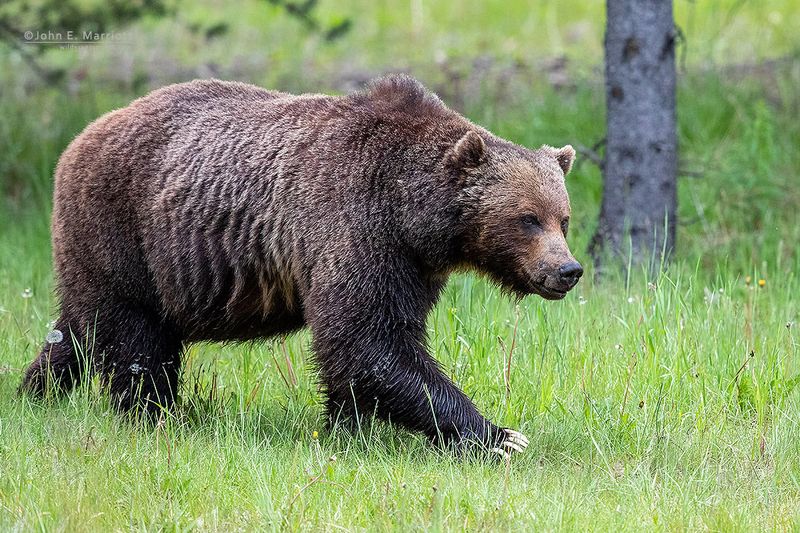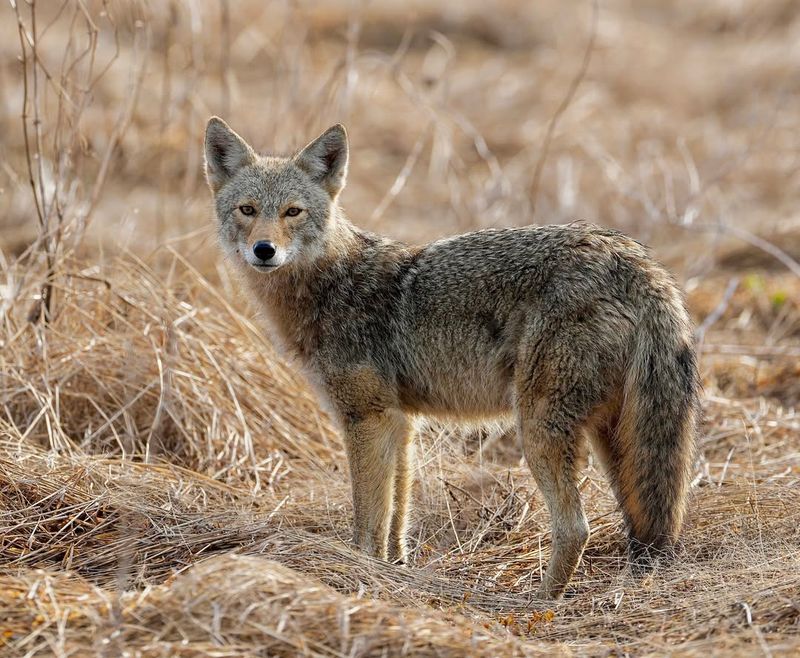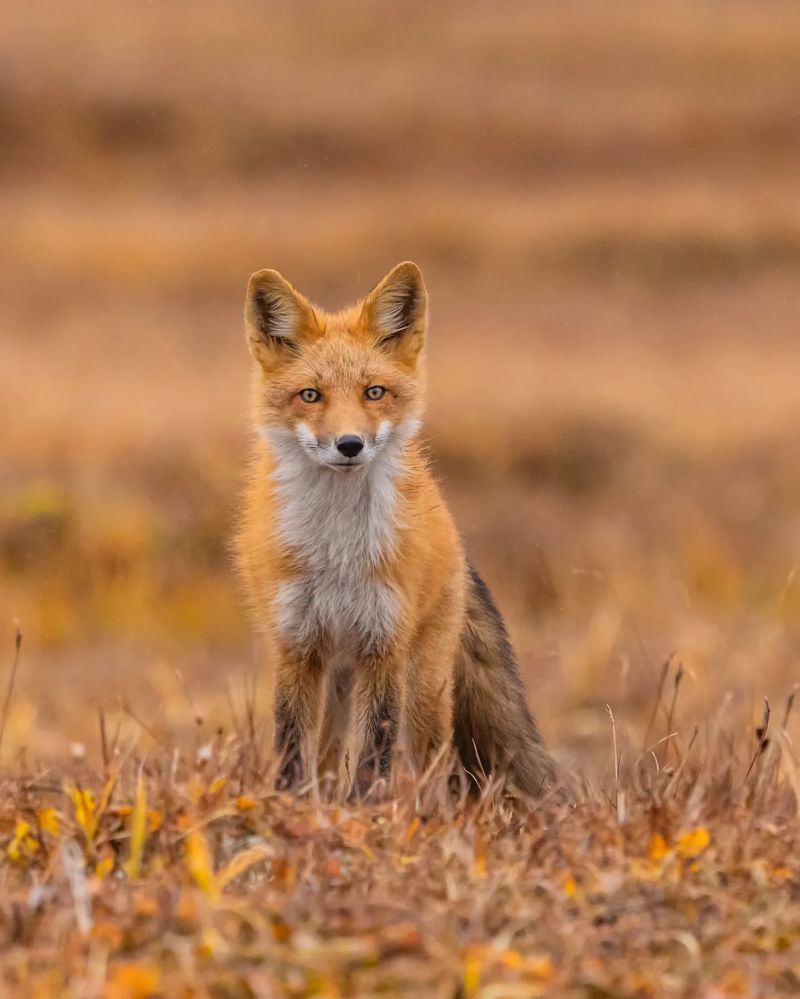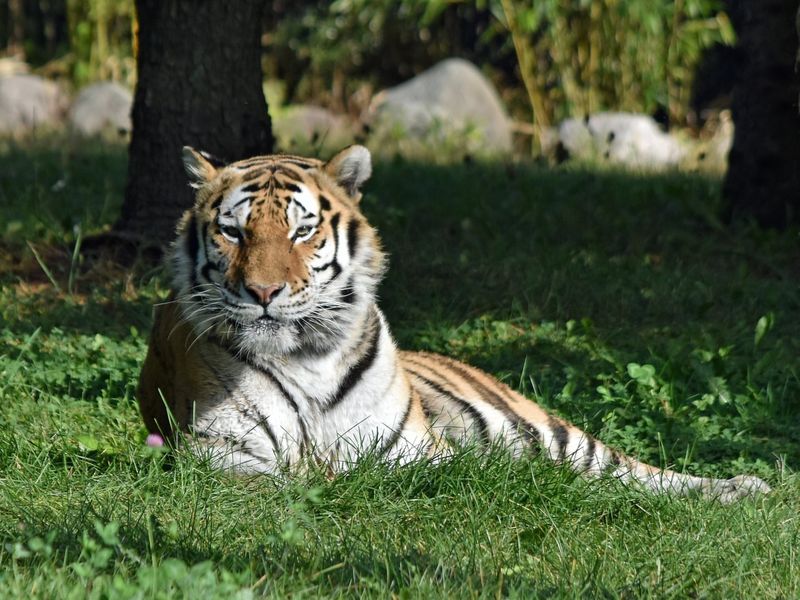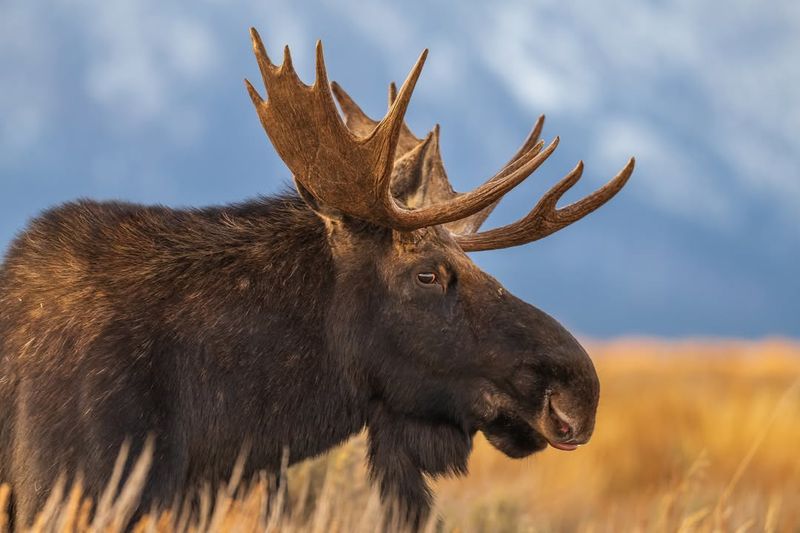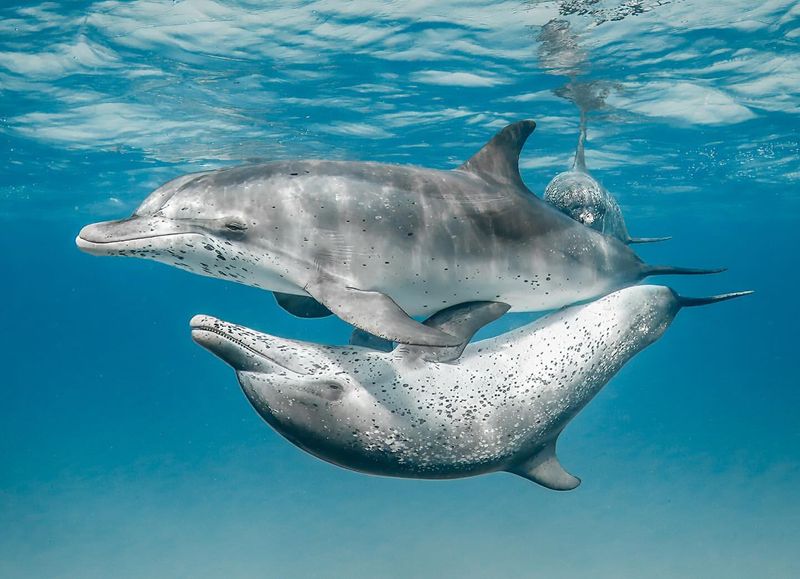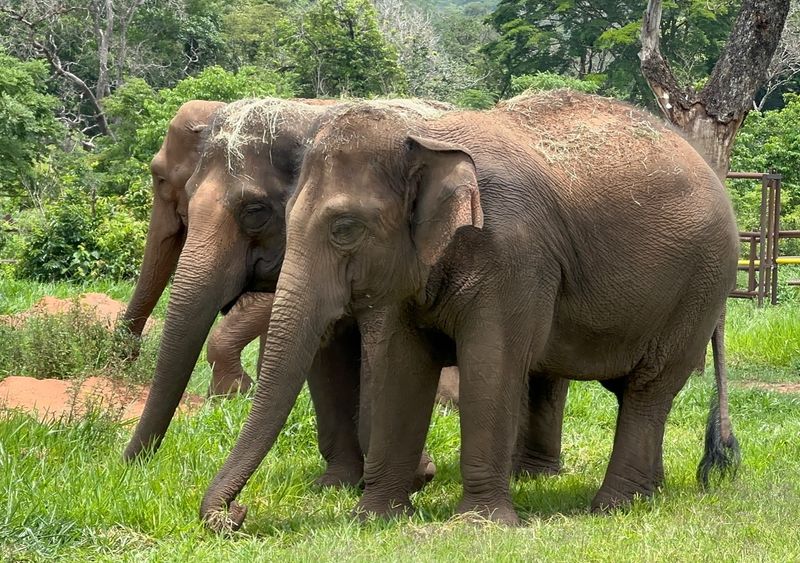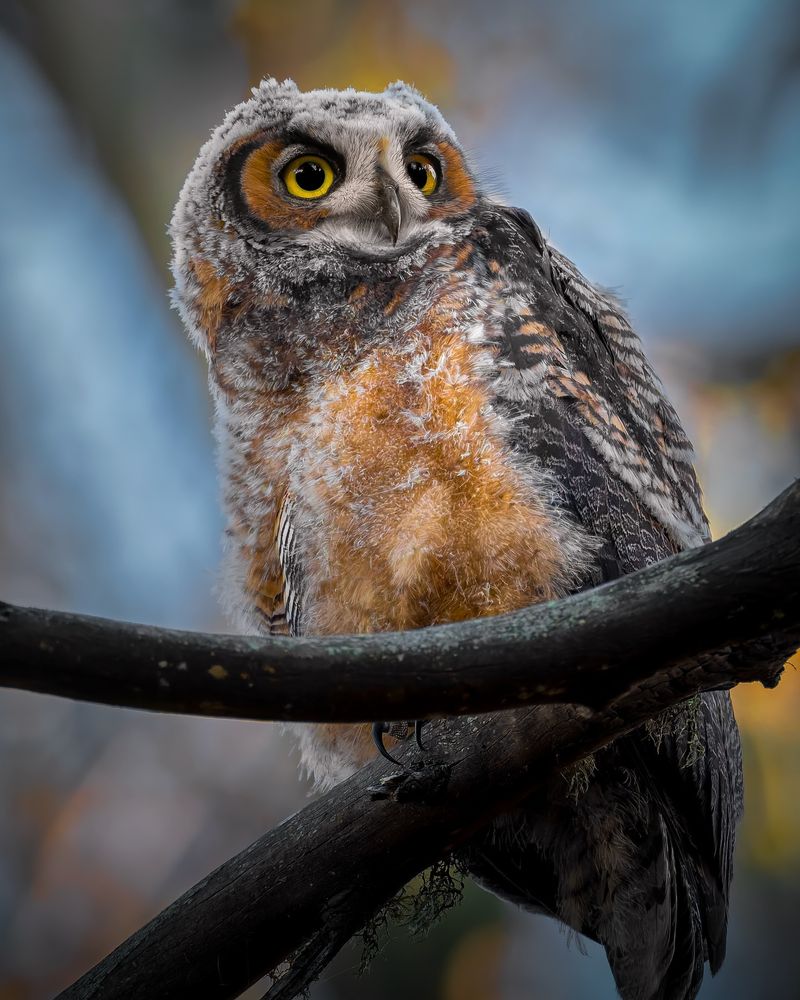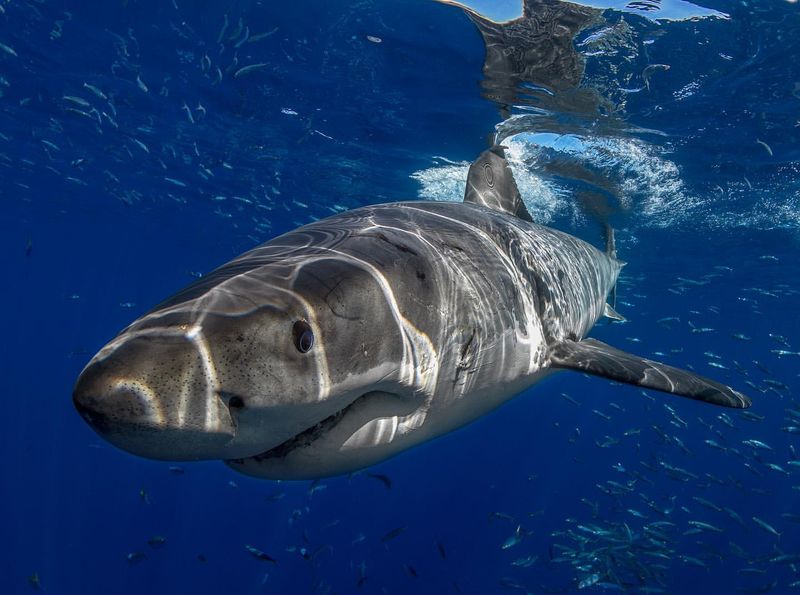Did you know that many creatures we consider fearsome or mysterious are actually more afraid of us than we are of them? Yep, some animals would rather flee the scene than tango with a human.
From fluffy rabbits to fearsome tigers, these animals remind us that humans can be pretty intimidating. While we often see ourselves as observers of nature, many creatures view us as the ultimate predators.
Maybe it’s time we take a page from their book and give them the space they deserve—after all, nobody likes an uninvited guest!
With that in mind, let’s take a closer look at 12 animals that find us downright terrifying.
12. Wolves
Wolves often get a bad rap in folklore as menacing predators, but in reality, they’re incredibly skittish around humans.
Despite their pack mentality and sharp instincts, wolves generally avoid human interaction at all costs. If they catch a whiff of us, they’re likely to hightail it in the opposite direction. Why? Years of hunting and habitat loss have made them wary of people.
They’ve adapted to fear us because encounters with humans rarely end well for them. Interestingly, wolves are incredibly intelligent animals with a strong sense of survival, which means they’ll often prioritize avoiding conflict over asserting dominance.
That’s a pretty pragmatic approach for an apex predator, don’t you think?
11. Rabbits
Fluffy, twitchy-nosed, and lightning-fast, rabbits are adorably timid creatures. These herbivores rely on their keen senses to detect danger, and guess what? Humans are on their “nope” list.
Even the sound of footsteps can send them darting for cover. Wild rabbits have every reason to be cautious—we’ve been hunting them for food for centuries, and even our pets like dogs and cats are potential threats.
Their incredible speed and agility aren’t just for show; they’re essential survival tools. Domesticated rabbits may warm up to humans, but their wild counterparts have a built-in flight response that ensures they stay far, far away from us. Really, who can blame them?
10. Deer
You’ve seen it before—a deer freezes mid-graze, locks eyes with you, and bolts like it’s auditioning for the Olympic track team.
These gentle herbivores are hyper-alert to potential threats, and humans rank pretty high on their danger radar. Hunting and habitat encroachment have taught deer to be extra cautious.
They’ve developed an uncanny ability to detect even the faintest human presence, whether it’s the crunch of leaves or a distant silhouette. And let’s not forget the infamous “deer in headlights” look—it’s their way of assessing whether to run or stay frozen in hopes of avoiding detection.
9. Bears
Surprised? While bears can be dangerous when provoked, they’re typically more interested in avoiding humans altogether. Most bear encounters happen because we’ve accidentally wandered too close.
Otherwise, they’re likely to scamper off if they hear or smell us coming. Black bears, in particular, are known for their shy demeanor. That said, it’s their acute sense of smell that often warns them of our approach, giving them plenty of time to retreat.
Grizzly bears might seem more intimidating, but even they would prefer to steer clear of a human encounter unless absolutely necessary. However, if a bear does feel cornered or threatened, all bets are off.
Best advice? Respect their space and stay bear-aware.
8. Coyotes
Coyotes are often misunderstood as aggressive animals, but in reality, they are quite wary of humans. These adaptable creatures have learned to coexist near human habitats, often moving stealthily to avoid detection.
Their natural fear of humans is a survival mechanism, honed by years of being hunted and displaced from their territories. Despite their adaptability, coyotes prefer to keep their distance, using their keen senses to stay aware of human activities.
To coexist with coyotes, it’s essential to avoid leaving food outside and secure trash cans to prevent attracting them. By respecting their need for space and avoiding direct interactions, humans can ensure a peaceful coexistence with these resilient animals.
7. Foxes
Foxes are like the introverts of the animal kingdom—curious but cautious. These cunning creatures might seem bold in fairy tales, but in reality, they’re quick to retreat at the sight or sound of a human.
Even urban foxes, which are more accustomed to people, tend to keep their distance. Foxes are opportunistic feeders, often sneaking into human areas to scavenge food, but they’re incredibly wary while doing so.
Their sleek, silent movements help them avoid detection, making them one of the most elusive creatures to spot in the wild. They’d rather scurry back to their den than risk a close encounter with us strange bipeds.
6. Tigers
The fear of humans in tigers arises from their understanding of human threat and previous encounters with poachers. Despite their strength, tigers would rather retreat than confront humans, especially when they sense danger.
Conservation efforts focus on creating protected areas where tigers can thrive without human interference.
By understanding their behaviors and respecting their need for space, humans can contribute to the survival of these incredible animals, ensuring they continue to grace our planet for generations.
5. Moose
Moose might be massive, but they’re surprisingly skittish around humans. These towering herbivores are more likely to flee than fight when they sense our presence.
However, their size and strength mean you shouldn’t take them lightly—a startled moose can become aggressive if it feels threatened. They’re particularly wary during mating season or when calves are nearby, so keeping your distance is non-negotiable.
Moose are fascinating creatures with an uncanny ability to navigate dense forests and marshlands, but they’d much prefer to do so without human interference. A glimpse of one in the wild is a privilege—just make sure to observe from afar.
4. Dolphins
Dolphins are often seen as playful and friendly, but in the wild, they’re surprisingly cautious around humans. These intelligent marine mammals know better than to get too close to the strange creatures splashing around in their waters.
While they might approach out of curiosity, dolphins are quick to retreat if they sense danger. Their wariness is a survival instinct, honed by years of avoiding fishing nets and other human threats.
Dolphins’ social nature doesn’t extend to trust—they’re highly selective about who or what they engage with. In many ways, their caution is a testament to their intelligence and adaptability.
3. Elephants
Despite their size and strength, elephants can be quite wary of humans. They’ve had countless negative encounters with people, from poaching to habitat destruction, which has made them understandably cautious.
Elephants will typically avoid human settlements and keep their distance when they sense our presence. Their wariness doesn’t mean they’re antisocial; it’s more about self-preservation. However, an elephant that feels cornered or threatened can become a serious danger.
Give them space, and they’ll happily lumber along, minding their own business. Their intelligence and emotional depth make them fascinating creatures, but it’s clear they’d prefer a peaceful coexistence rather than unnecessary interaction.
2. Owls
Owls might seem like mysterious, all-seeing night hunters, but they’re actually pretty jumpy when it comes to humans. These nocturnal birds prefer to keep their distance, roosting in high, hidden spots where they can’t be disturbed.
If you do spot an owl, it’s probably because you’ve stumbled upon its hiding spot by accident. Their silent flight is their ultimate defense mechanism, allowing them to vanish into the night without a sound.
Despite their reputation as wise and watchful, owls are incredibly private creatures that would rather avoid the spotlight altogether.
1. Sharks
Hollywood has given sharks a terrible reputation, but these ocean predators are far from the mindless killers they’re made out to be. Most shark species are more afraid of humans than we are of them.
Overfishing and habitat destruction have left them wary of us, and attacks on humans are incredibly rare. When a shark sees a human, its first instinct is usually to swim away. Their caution isn’t just about survival; it’s also because we’re simply not their preferred prey.
Turns out, we’re not nearly as appetizing as the movies make us out to be. Sharks deserve a lot more credit for their misunderstood behavior.
